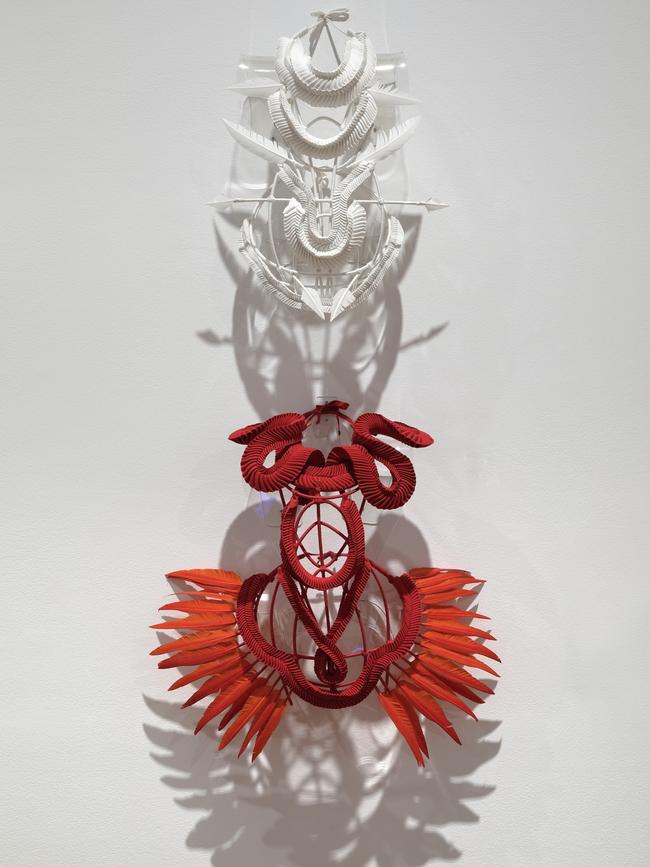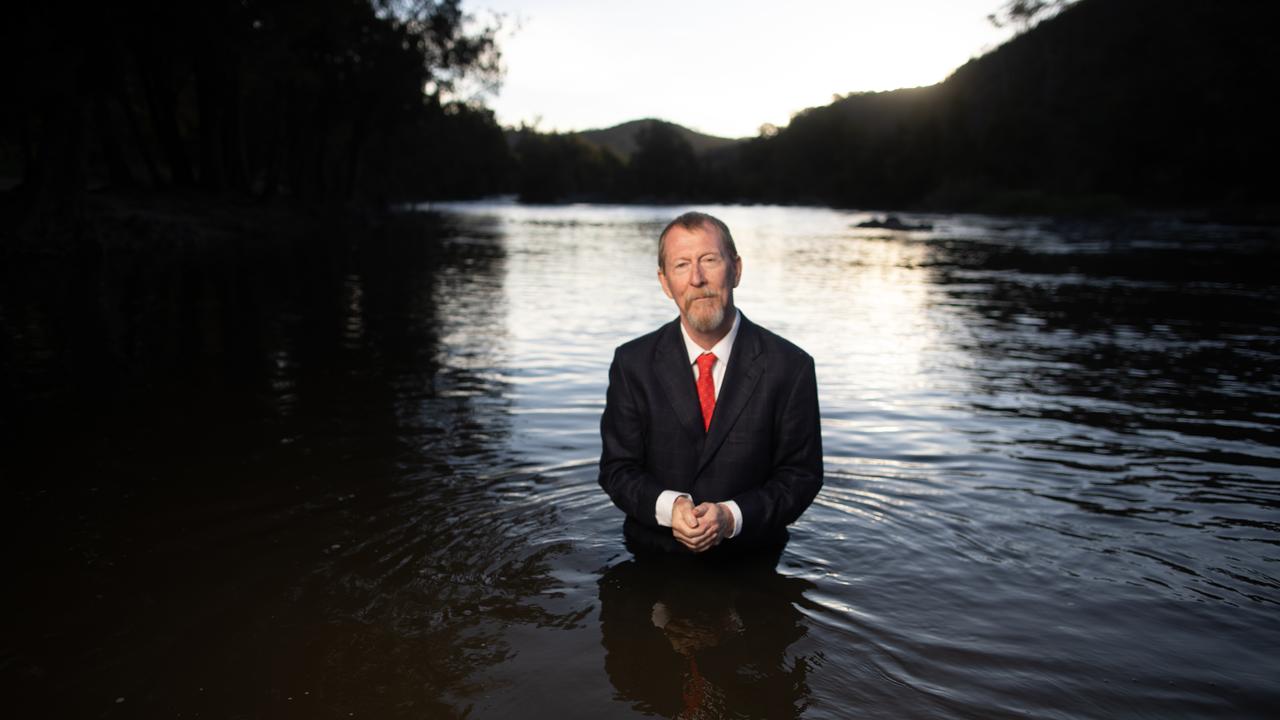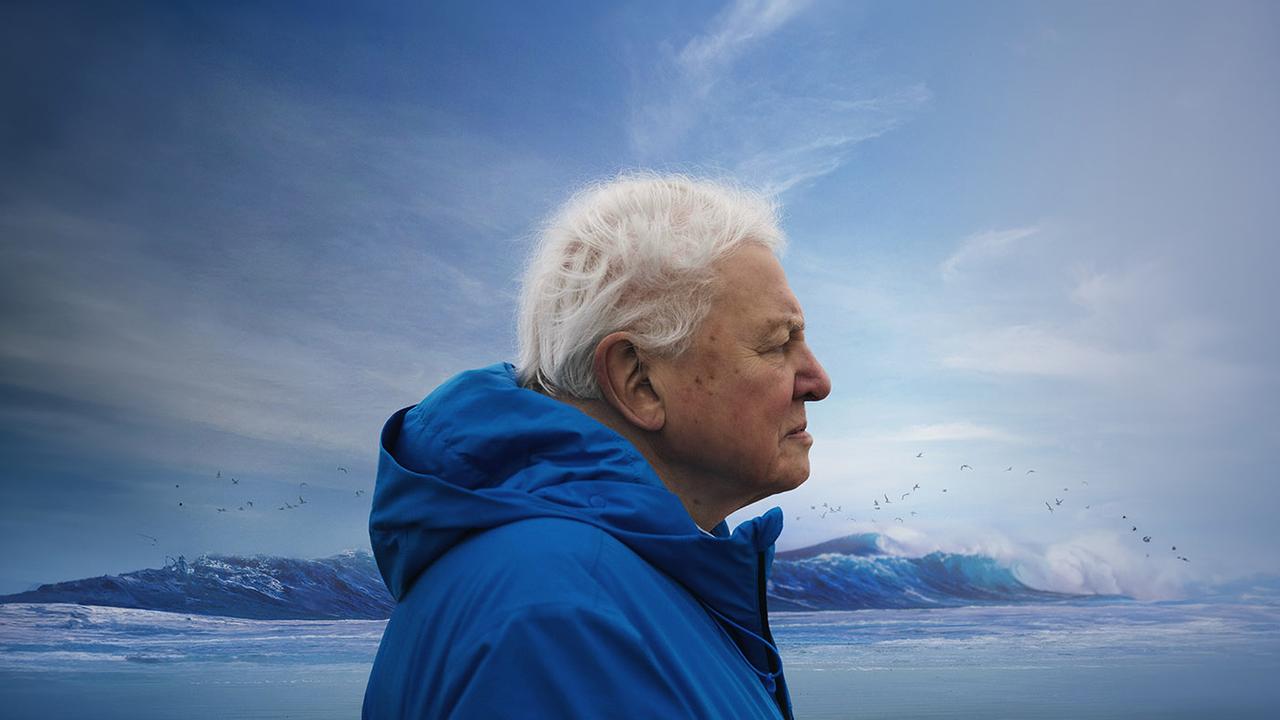All sewn up
As a young girl growing up in Cairns, Grace Lillian Lee was passionate about making clothes.

As a young girl growing up in Cairns, Grace Lillian Lee was passionate about making clothes, and it is this enthusiasm for both fashion and art that inspired her to use the catwalk and fashion performances to share the culture and stories of indigenous designers and artists.
Lee, an artist, designer and curator, studied fashion design at RMIT University in Melbourne. After graduating in 2010, she established a millinery business. It was also around this time that she started exploring her own heritage as the daughter of a Danish-German mother and a Chinese-Torres Strait Islander father. She visited the Torres Strait for the first time accompanied by her grandmother, who hadn’t been back in nearly 60 years.
As a result of that visit, Lee started collaborating with a number of remote communities and their art centres to create art and fashion. One of those communities is Mornington Island in the Gulf of Carpentaria. Through Lee’s ongoing collaboration, the art centre was able to start a small fashion business titled MiArt Designs making handpainted bags.
Lee also heads a project called First Nations Fashion and Design, which encourages relationships between indigenous artists and the fashion industry. Furthermore, she has organised numerous fashion performances, often featuring young indigenous people, such as at the Cairns International Art Fair.

As well as Lee’s involvement with indigenous communities, she is also a practising artist. While her early work largely focused on producing fashion collections, she is also known for her wearable body ornaments. In this she was influenced by the renowned Torres Strait artist Ken Thaiday, who taught her traditional palm-weaving techniques, known in the Torres Strait as “prawn-weaving”.
Lee’s work has been collected by public institutions such as the National Gallery of Victoria and Cairns Art Gallery. Two of her pieces, Body Sculpture: Enlightenment and Body Sculpture: Acceptance, both from 2016, are also in the collection of her alma mater, RMIT University.
The works, one of which is white and the other red, cover the torso, and are made of intricately woven cotton webbing, feathers and cane. Both works are currently on display at the RMIT Gallery in an exhibition, Pleasure, which aims to challenge ideas of how our bodies give, receive, and rejoice in pleasure. At the gallery, exhibition co-curator Julian Goddard says that Lee creates “innovative forms inspired by her dual Torres Strait Islander and Asian heritage”.
Lee’s bespoke cultural designs explore the traditional craft techniques within a contemporary fashion and art context, Goddard says.
“These works speak to the shared experience of beauty, and the use of the body for expression, across cultures. Symbolically, the works stand for the possibilities of positive cultural exchange and collaboration. The exceptional craft of her sculptures also attests to the value of cultural heritages and their ability to bring joy into the contemporary world.”
Materials: Cotton, cane, feathers
Dimensions: Enlightenment, 63 x 52 x 25cm (irregular);
Acceptance, 82 x 68 x 36.5cm (irregular)
Grace Lillian Lee, Body Sculpture: Enlightenment, 2016, Body Sculpture: Acceptance, 2016.
RMIT University Art Collection. Purchased through the RMIT Art Fund, 2016. On display in Pleasure, RMIT Gallery, Melbourne, until March 7.
-
SALEROOM
Margaret Preston, included among Australia’s leading modernist artists, was renowned for her paintings and woodcuts of local landscapes and native flora.
One of her paintings, Bunch of Flowers, was exhibited in Sydney in 1924 at the Society of Artists annual exhibition. But ever since that exhibition, the painting had been considered “whereabouts unknown”.
Recently, however, it was rediscovered in Ireland by the Dublin office of Bonhams auction house. The painting, still housed in its original frame, was sold at Bonhams’ recent Sydney auction for $115,900, well above its pre-sale estimate of $50,000 to $70,000 thanks to spirited bidding both in the room and via phone.
Another sale on the night was a watercolour and pencil on paper by Dorrit Black, a contemporary of Preston’s. Black’s Study for linocut The Windswept Farm, c.1937, sold for $51,240, also well above its estimate of $18,000 to $25,000.
Also noteworthy was the sale of a rare linocut by Black that had never been seen at auction. Old Church, Veere, c. 1933, number six of 50, sold for $30,500.
Bronwyn Watson



To join the conversation, please log in. Don't have an account? Register
Join the conversation, you are commenting as Logout